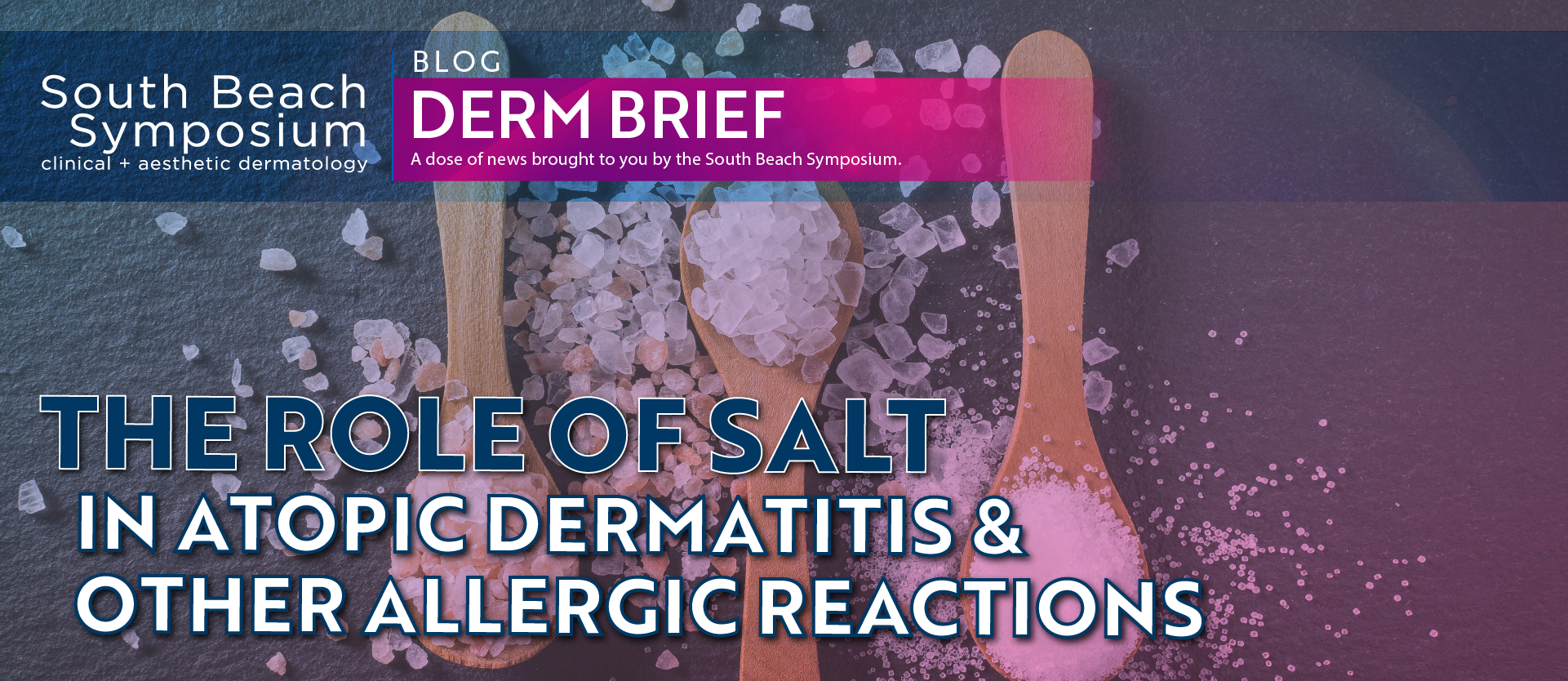Allergies are one of the most common chronic diseases, affecting up to 30% of U.S. adults. In industrial cities, the problem increases, with nearly one in three people suffering from allergies at some point in their lives. However, the rising frequency of allergies and autoimmune diseases is yet to be explained. In a recent study, researchers from the Technical University of Munich revealed that salt may potentially play a crucial role in allergic immune reactions.
Hay fever and atopic dermatitis have seen a dramatic increase in incidence since the 1970s, an upsurge occurring so fast that it cannot be explained by genetic changes. It is more likely that these increases have been caused by environmental and behavioral changes. With this in mind, lead researcher Christina Zielinski led an investigation on the possible correlation between allergic reactions and sodium.
The research team found that salt can affect allergic immune reactions, as it leads to the formation of T helper 2 (Th2) cells, which orchestrate protective immune responses but also contribute to chronic inflammatory diseases such as asthma, atopic dermatitis, and other allergic conditions. T cells are vital to the functioning of the immune system however when uncontrolled they can develop pathological responses causing the immune system to attack the body.
High concentrations of sodium chloride were proven to influence the differentiation of Th2 cells, turning types of T-cells into Th2 cells. The study revealed that salt can induce a state in T cells leading to increased production of IL-4 and IL-13 proteins. However, this change was reversed when the T-cells were exposed to lower sodium levels.
Additionally, Zielinski’s team tested sodium chloride levels of the skin in patients with atopic dermatitis, detecting elevated salt concentrations in affected areas. They tested affected skin samples through neutron activation analysis and found sodium levels up to 30 times higher than in healthy patients. Individuals with another autoimmune disorder, psoriasis, were also tested. As psoriasis is mediated by a different type of T cell, the results revealed no difference in sodium concentration in patient skin.
Patients with atopic dermatitis commonly struggle with an overgrowth of Staphylococcus aureus, a microbe which thrives under salty conditions. While the correlation between atopic dermatitis and the bacteria was previously unexplained, these new developments may provide more insight into the connection between salt and the allergic skin condition.
Zielinski hopes to answer the question of how such quantities of salt make it to the skin in upcoming interdisciplinary studies. Further research is necessary to determine the effects of sodium chloride and dietary patterns on the incidence of atopic dermatitis, as well as other allergic immune reactions, in order to help mitigate the rapidly increasing prevalence of allergic conditions.
















